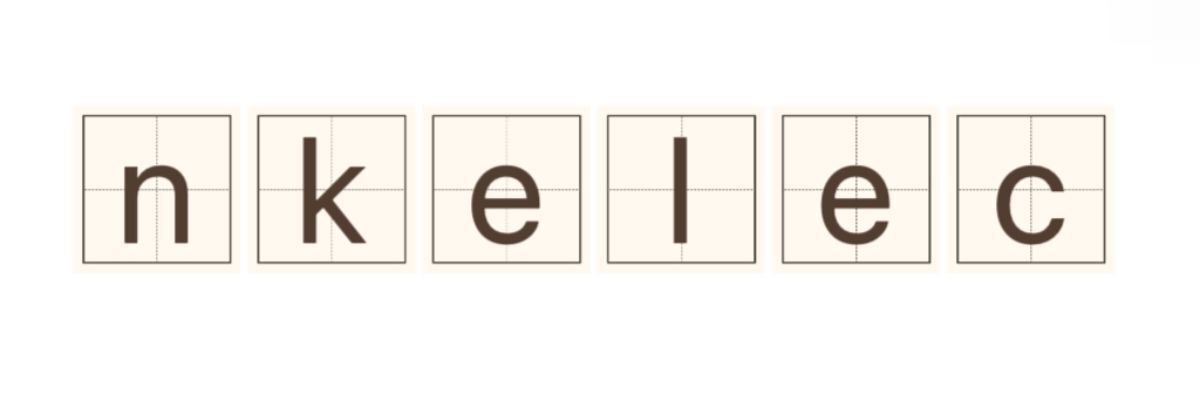Fast recovery diode types
Fast Recovery Diode Types: Understanding Their Benefits and Applications
In the ever-evolving world of electronics, understanding the components that drive efficiency and performance can be a game changer. Among these vital components are fast recovery diodes, which are crucial for applications that require rapid switching. With years of industry experience and a commitment to staying updated with the latest advancements, I want to share insights on fast recovery diode types. This article will clarify their characteristics, benefits, important considerations, and practical tips, empowering you to make informed decisions for your projects.
For more Fast recovery diode typesinformation, please contact us. We will provide professional answers.
What Are Fast Recovery Diodes?
Fast recovery diodes are semiconductor devices designed to quickly switch off after conducting current. Unlike standard diodes, which can have slower recovery times, fast recovery diodes are engineered to minimize reverse recovery time, making them ideal for high-frequency applications. They play a critical role in rectifying currents with minimal delay, improving efficiency and performance in circuits ranging from power supplies to motor drives.
Strengths and Weaknesses of Fast Recovery Diodes
Like all electronic components, fast recovery diodes come with their own set of strengths and weaknesses:
Strengths
- Rapid Switching Speed: These diodes can recover quickly from conducting to non-conducting states, reducing losses in high-frequency applications.
- Improved Efficiency: Their fast response times lead to lower switching losses, making them suitable for applications in power electronics.
- Versatile Applications: Fast recovery diodes are commonly used in applications such as switching power supplies, inverters, and radio-frequency (RF) circuits.
Weaknesses
- Higher Forward Voltage Drop: Compared to regular diodes, fast recovery types typically exhibit a higher forward voltage drop, which can lead to increased power losses in some scenarios.
- Temperature Sensitivity: These diodes may require additional thermal management in high-temperature environments, as performance can degrade if not properly cooled.
Comparing Fast Recovery Diodes with Other Diode Types
To fully appreciate the value of fast recovery diodes, it’s beneficial to compare them with standard diodes and Schottky diodes:
Standard Diodes: Typically have slower recovery times, making them less suitable for high-frequency applications. They do, however, usually offer a lower forward voltage drop.
Schottky Diodes: These diodes provide ultra-fast switching speeds and lower forward voltage drops but may not handle the same reverse voltage capabilities as fast recovery diodes. This makes Schottky diodes ideal for low-voltage, high-frequency applications but somewhat limited in high-voltage scenarios.
Example Application
In a power supply circuit, a fast recovery diode might be used for rectifying the output to ensure minimal power loss, while a Schottky diode could be employed at the input for its high efficiency and low voltage drop.
Maintenance and Practical Tips for Usage
When implementing fast recovery diodes in your projects, consider these actionable tips:
Related links:What Factors Should You Consider When Buying High Voltage Diodes?
Top 5 Custom Schottky Diodes with Low Forward Voltage for EfficiencyChoose the Right Component: Evaluate specifications such as recovery time, forward current, and reverse voltage rating to ensure optimal compatibility with your application.
Implement Proper Heat Management: Use heatsinks or thermal pads where necessary to maintain performance, especially under high-load conditions.
Test Under Real Conditions: Always prototype and test under the conditions your application will experience, as real-world factors can affect component performance.
Consider Circuit Design: Optimize your circuit design to minimize stress on the diode, such as using snubber circuits to manage voltage spikes.
Key Takeaways
Understanding various fast recovery diode types is essential for modern electrical and electronic applications. Their rapid switching capabilities and efficiency can significantly enhance circuit performance. However, like any component, they come with considerations that must be addressed for successful application.
By carefully evaluating your needs, choosing the appropriate diode, and maintaining optimal conditions, you can leverage the advantages that fast recovery diodes bring. This knowledge is vital for anyone involved in power electronics, circuit design, or related fields, ensuring you can make informed, effective decisions that drive your projects toward success.
Whether you’re designing a new circuit or looking to optimize an existing one, understanding the nuances of fast recovery diode types is a powerful tool in your electronics toolkit.
Are you interested in learning more about Fast recovery diode low forward voltage? Contact us today to secure an expert consultation!
91
0
0


Comments
All Comments (0)